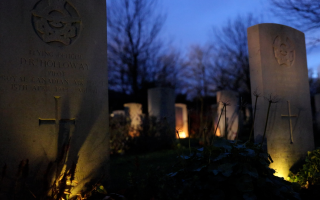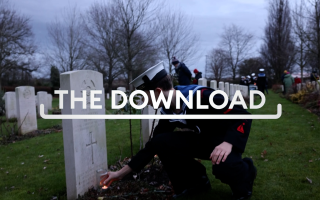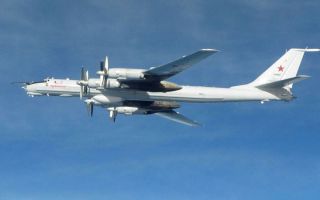Why a cartridge that's more than 130 years old is still being used in combat today
Say "7.62mm" when talking about rifle and machine gun rounds, and most people will think of the Nato cartridge that was introduced in 1954, but there's a far older one that's still in use – the 7.62x54mmR.
While the 7.62x51mm Nato cartridge was brought into service in 1954, the 7.62x54mmR dates back to 1891 in Imperial Russia.
Although this cartridge was developed in Russia, the "R" actually stands for "Rimmed" and this is what makes these two 7.62mm cartridges so different.
To remove the spent cartridge case from a rifle or machine gun after the bullet has been fired, it needs to be extracted and ejected – with a protruding rim being the ideal device to engage with the extractor on the bolt.
Another rimmed cartridge is the British .303. This is even older, dating back to 1889, and is also still in use around the world, although its use is far more limited than its Russian counterpart.
But one downside of both cartridges is the fact that their rims make them awkward although not impossible to use in semi- or fully automatic rifles and machine guns.
In these cases, the rim can interfere with the reliable extraction of a spent case and the feeding into the chamber of the next live round.
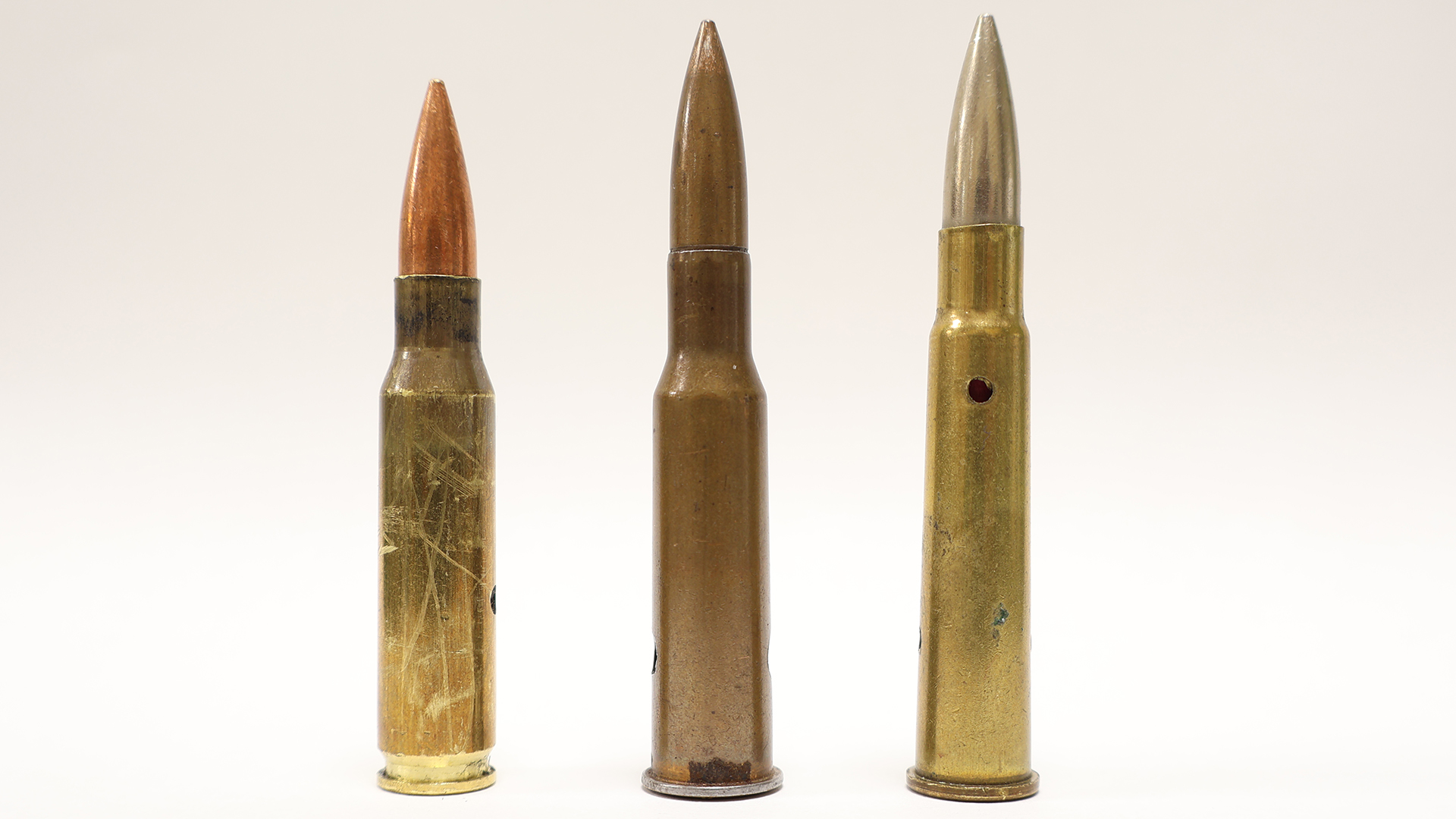
Nato's 7.62x51mm cartridge is rimless.
It does still have a lip onto which the extractor can engage, but it's flush with the rest of the case rather than sticking out at the head.
This makes the more modern round more versatile, and as such it has seen service in older rifles such as the SLR/FN FAL right through to the L129A1 Sharpshooter designated marksman rifle.
Russia, however, had some inventive ways of overcoming the deficiencies of its own rimmed round.
Instead of a box magazine, it's possible to stack rimmed rounds in a curved magazine, where the rims won't interfere with one another.
And for machine guns, the Russians came up with the innovative, though large, "dinner plate" magazine that was used on the Degtyaryov machine gun, better known as the DP-27/28.
With a pan-style magazine such as this, the rounds rotate and drop into the breech, rather than being stacked on top of one another.
Another way to overcome the problems posed by the 7.62x54mmR cartridge was to use it in a belt-fed weapon such as the PKM, which is still in frontline service.
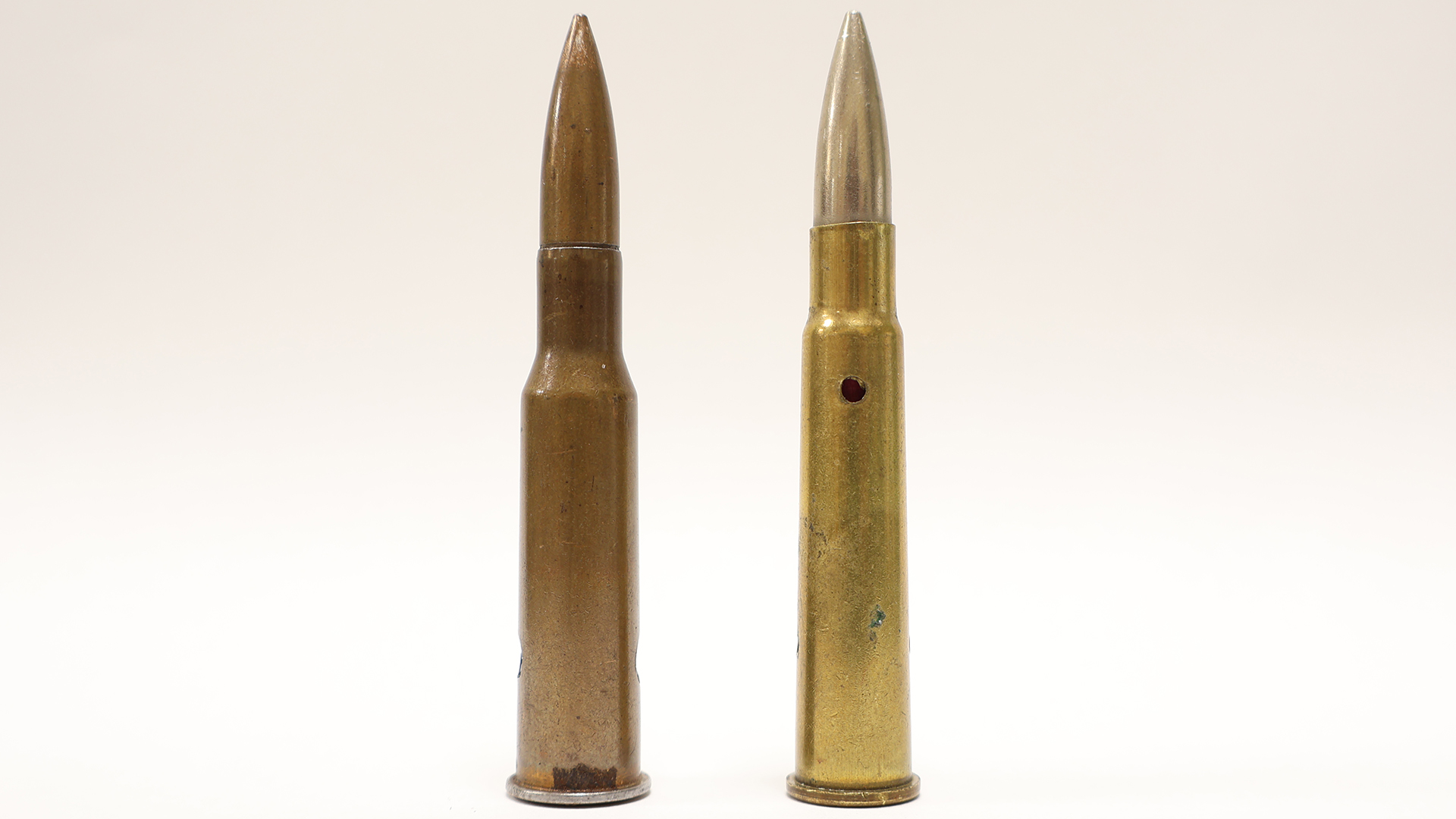
Britain had similar ideas with the .303, with the Bren gun being a good example of a weapon using the curved magazine, the Lewis gun using a top-mounted pan magazine, similar to the DP, and the Vickers gun being belt-fed.
Although the .303 is still being used, the Russian round is far more prevalent.
One reason, and one of the biggest success stories, was the marrying up of this cartridge with the SVD, a semi-automatic designated marksman rifle that can also be used in the sniper rifle role.
The SVD, better known in the West as the Dragunov, was developed in the Soviet Union and entered service in 1963.
In common with many Cold War-era weapons, it's being used by both sides in Ukraine.
So too are the are the Pulyemyot Maksima PM1910 and PKP Pecheneg machine gun, both belt-fed machine guns that were developed 85 years apart.
Most prolific of all, however, is the Mosin-Nagant, a five-shot, bolt-action, internal magazine-fed rifle for which the 7.62x54mmR cartridge was designed.
As Jonathan Ferguson from the Royal Armouries explained: "This competes on any level with any general purpose rifle or machine gun cartridge out there.
"It's more than powerful enough for most applications. Its only limitation is that rim.
"The rim is not an issue in this manually operated rifle that it was absolutely designed 100% for.
"There's no compromise, no difficulty in designing around it because this is what it was meant to shoot.
"And there are so many of these around [7.62x54mmR cartridges] and so many of these around [Mosin-Nagant rifles] that it's going to get picked up and used."



